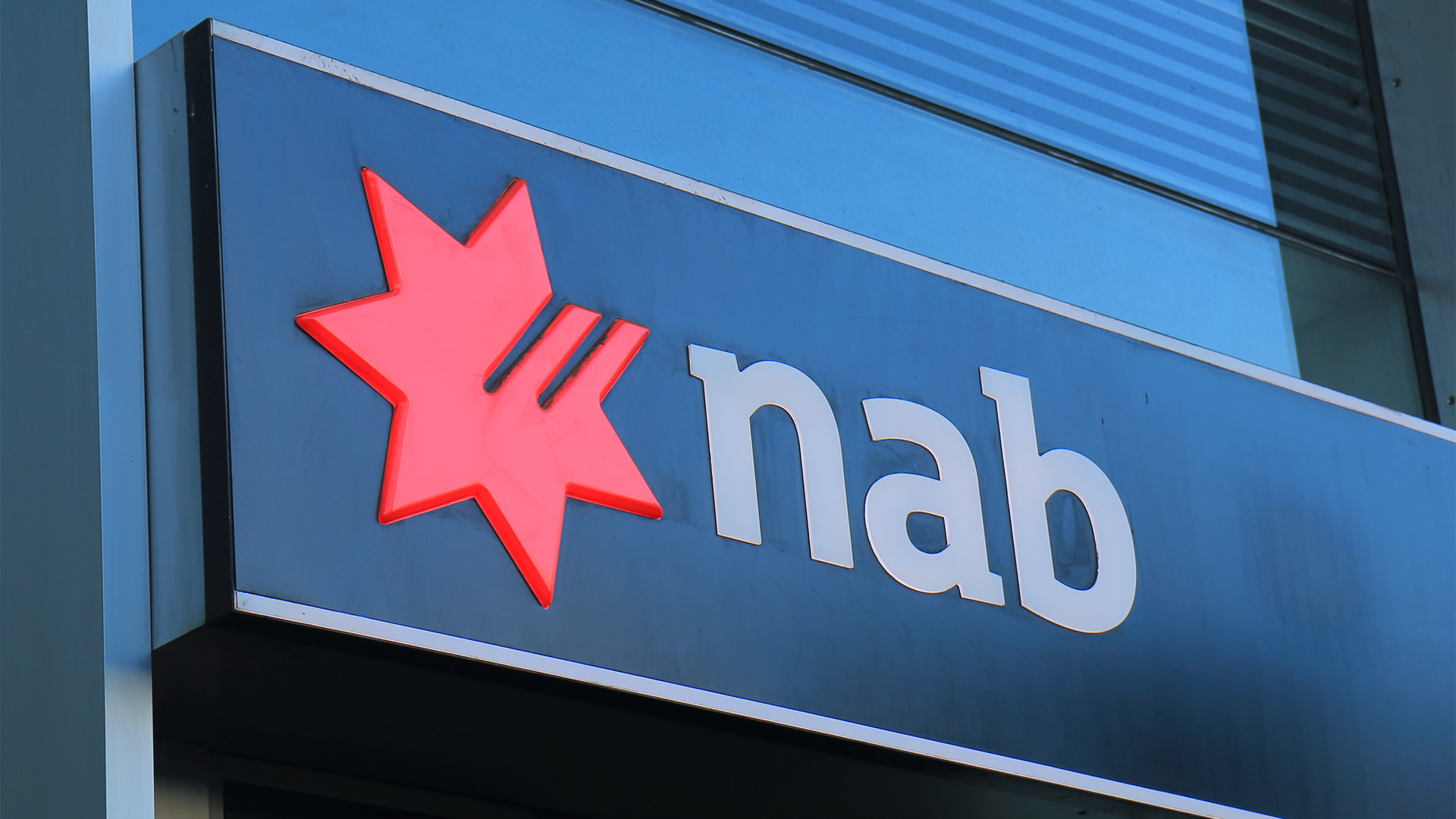While November promised a lot after strong gains across most markets in October (but not iron ore), it actually turned out to be an ugly month for commodities where red ink flowed like water. But for equities it was a modest to slightly weaker month, but that was also after the very strong October.
Thanks to weakening demand and the rising US dollar ahead of what is expected to be the first rate rise this month from the Fed since 2006, commodity prices slumped sharply last month, some to multi-year levels such as iron ore, copper, lead, zinc, gold and oil.
In fact, according to S&P Dow Jones Global Indices, 21 commodities ended November in the red, while only sugar, cotton and cocoa had gains.
Iron ore lost around 14%. copper, more than 11%, oil, more than 10%, gold, 6.7%, silver, more than 9%.
The Aussie dollar ended November in offshore trading around 72.30 US cents, up around 1.3% over the month. That was despite a 3% plus rise in the value of the US dollar in the month.
Iron ore prices fell under $US43 a tonne on the last day of November for the first time in years – the loss saw the price settle at $US42.97 for the Metal Bulletin and $US42.80 for the Steel Index.
Yesterday’s fall took the loss for the month to around 14%, larger than the 10% slide in October.
That fall will see the shares of BHP Billiton, Rio and other producers like Fortescue take a hit today.
But it wasn’t just iron ore, oil, gold and copper took a big hit last month.
Gold lost around 6.7% (based on Comex figures in New York), the worst monthly fall since 2013 and prices are now back around 2005 levels. That was despite a $US9.60 rise in the December contract on Comex to $US1,065.80 an ounce.
February gold, which is now the most-active contract on Comex, rose $US9.10, or 0.9%, to $US1,065.30 an ounce. Yesterday’s rise merely trimmed November’s losses to just over $US76 an ounce.
Comex copper lost a cent to $US2.049 a pound in New York and for the month, prices lost around 11.6%.
And Comex silver rose 3.8 cents, or 0.3%, to $US14.086 an ounce in New York to be 9.5% or so lower over November.
In sharemarkets, a bit of a contrast to commodities (but not to the prices of the big miners) November was a mild month with a mix of modest gains and losses.
On Wall Street, shares closed slightly lower overnight Monday, but the main indexes had small monthly gains in November, rising for a second straight month.
The S&P 500 lost 9.64 points, or 0.4% to end November at 2,080.47. That was a rise of less than 0.1% over the month.
The Dow shed 78.63 points, or 0.4%, to 17,719.86 and rose 0.3% over the month. And the Nasdaq ended the day down 18.86 points, or 0.4%, at 5,108.67, but posted a reasonable 1.1% gain over the month.
In Europe, the Stoxx Europe 600 index rose 0.5% to close at 385.43 overnight Monday, lifting the monthly gain to 2.7%.
That marks a second straight month of gains for the pan-European index, after surging 8% in October when some central banks hinted monetary policy would stay accommodative.
With the European Central Bank widely expected to ease monetary police by expanding its huge spending program and lowering rates on Thursday night, November’s gain shouldn’t have been too much of a surprise.
Germany’s DAX 30 index jumped 4.9% last month, France’s CAC 40 was up 1.2% (despite those terrorist attacks mid month) and London’s Footsie 100 eased 0.1% as weakness among the myriad mining stocks more than offset gains in other sectors.
France’s CAC 40 index added 0.6% to 4,957.60, sending it 1.2% higher in November.
In Australia, the ASX 200 fell 0.7% for the month after a 0.7% loss on the day yesterday. BHP shares led the way, down 3.6% and more than 20% for the month, thanks to the Brazilian dam disaster and the sell off in commodities, led by iron ore.
Rio shares lost 0.7% yesterday and a more ‘modest’ 9.5% for the month. In Asia, the Shanghai steadied yesterday after Friday’s big loss of 5.5%. The Shanghai Composite index closed up 0.3% at 3445.40 on Monday, to be up just 1.9% for November.
It is up 16% from its August 26 trough. That was after that very strong 10.8% rise in October. And, the Tokyo market lost 0.7%, but the Nikkei still closed the month with a nice rise of 4.2%. That was despite the weak third quarter growth and still low inflation data.













